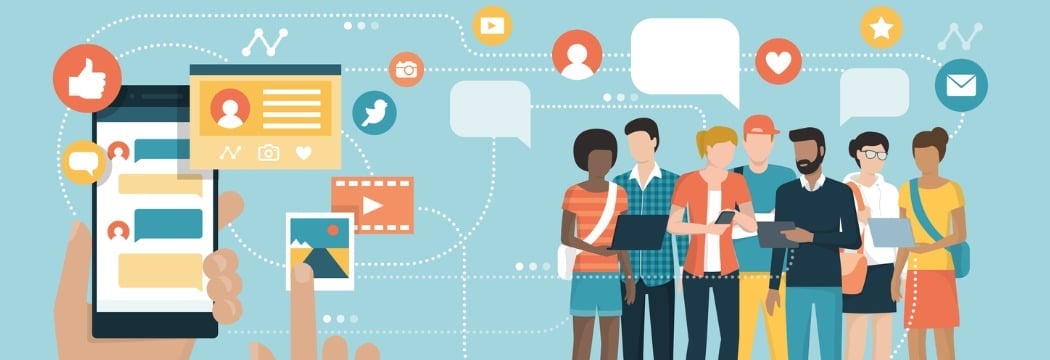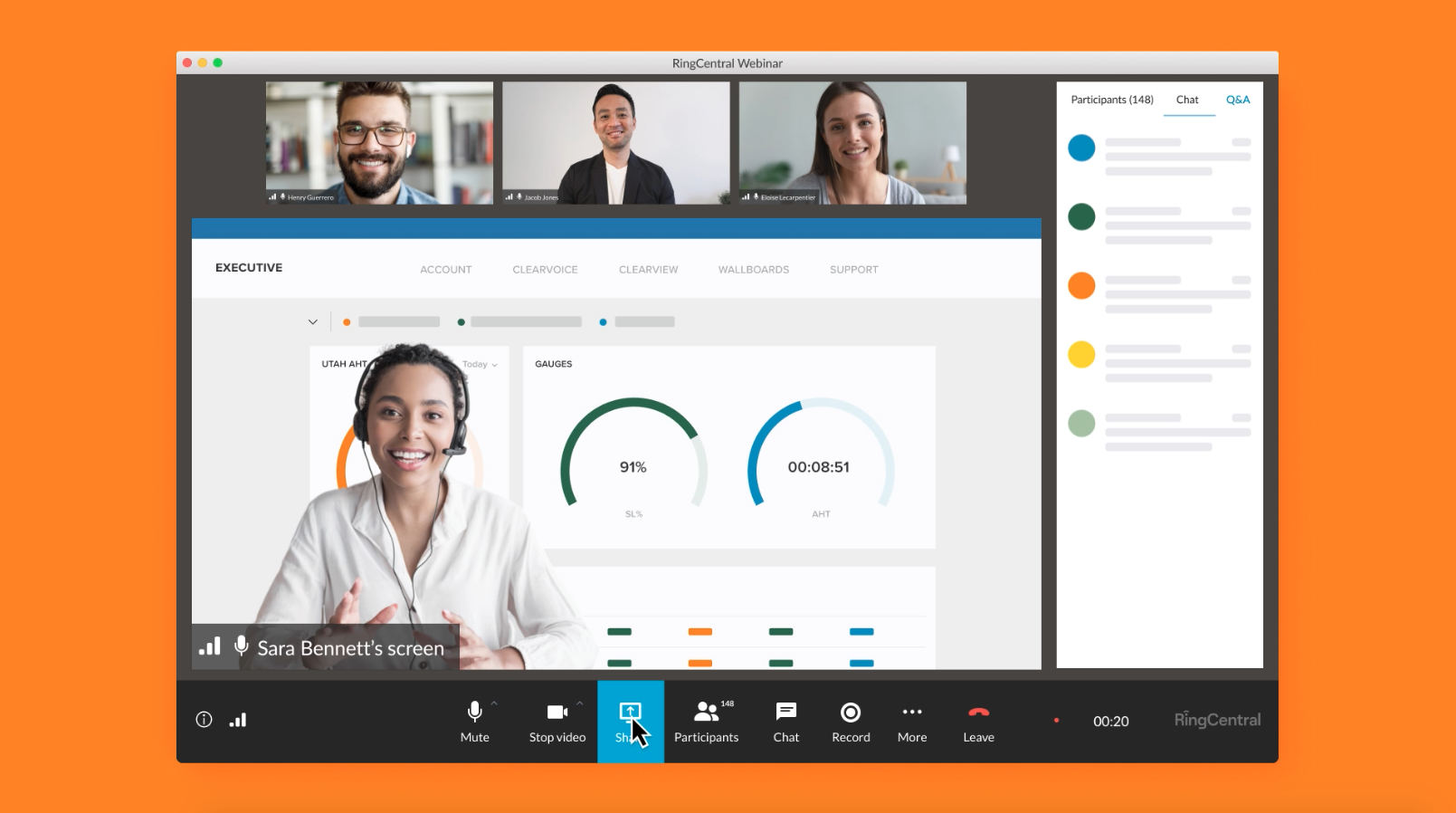Many organizations use an assortment of communications applications for team messaging, voice calling, and video conferencing, but the mishmash of tools has a tendency to make collaboration difficult and turn productivity into chaos. In fact, studies show that the average worker toggles between four communication apps, and 69% of workers waste up to 60 minutes a day navigating between apps.
Streamlining these communications and collaboration tools gives organizations their best opportunity to improve workplace productivity, which likely explains why all-in-one communications solutions have become increasingly popular.
Here are a few reasons why businesses looking for new communications providers should consider an all-in-one solution.
1. App overload: employees are being overwhelmed by too many apps
While workplace productivity apps have changed collaboration for the better, the sheer number of them is having an opposite effect on employee productivity. Studies consistently show that employees are being overwhelmed and fatigued by having to toggle between multiple apps just to track and find the right information. Experts call this “app overload.”
Toggling apps is more than simply double-clicking another desktop icon. It’s setting up login credentials, meeting IDs, keeping track of passwords, digging through conversations, writing down phone numbers, and manually finding the right colleagues to invite to a video meeting, for example. Combined with other pings, tasks, tabs, and notifications in our lives, it’s no wonder that employees are overwhelmed.
| Advantage
Using a single app for team messaging, video, and phone saves employees time and headaches from having to shuffle between apps for each. |
2. A single app offers a better user experience
User experience (UX) is one of the key factors that determine adoption of new technology. Today’s workers have made it clear: They expect the same simple UX in their business apps that they have with their personal apps. If they don’t find it, good luck getting them to use them. The real danger in that scenario is that employees will simply use their own alternative solutions—a situation ominously called “shadow IT.” By using unauthorized apps, employees make it almost impossible for IT to manage and, most importantly, secure company data.
A common issue with using multiple communications apps is the disconnect between them. For example, if a leader wanted to start a meeting with her team, she’d need to send invitations, meeting materials, and meeting IDs. Her team would then need to fetch those from their team messaging app, switch to the meeting app, and input the details manually, making for a slow and tedious process. The same is true when workers switch from email to messaging, or phone to meetings, or any number of possible permutations. Multiply that by the dozens and by the number of employees, and the productivity losses soon become staggering.
| Advantage
Instead of having to work with multiple interfaces—each with their own menus and options— a single app means employees only have to learn one. Also, because the apps are integrated, employees can switch between different modes of communication with just a click. |
3. Information is much easier to track between apps
Say you’re invited to a video conference but the invitation doesn’t provide any kind of context. When you enter the virtual meeting room, you’re not 100% sure what that meeting’s about. You go through the meeting trying to scrape up context clues but leave more confused than when you entered.
Unfortunately, this happens quite often. Sometimes, hosts provide a document or two, but it’s difficult to understand how they relate to the upcoming meeting. Unless you’ve got the time to make phone calls and track down more info, you’ll likely go into the meeting with no idea what to expect. The result is that hosts often spend half the meeting just explaining why everyone’s been gathered—and too little time actually moving the project forward.
| Advantage
In a single app, calls can be started within a messaging group so meeting participants can easily scroll through the text history, find the right materials, and jump into the conversation. The call window also lives beside the messaging window, providing context in real time to the meeting. |
4. App management is quick and easy
With multiple apps, users have to download, maintain, and troubleshoot in several different places. Considering that most organizations use a mix of operating systems and devices, working with several different providers for support can be a nightmare for employees and IT teams. Finance teams will also have multiple contracts to manage, leaving more work on their plates at the end of every month.
| Advantage
One of the key advantages of a single app is that employees only need to work with one provider for support and maintenance. Finance teams can also keep payments simple by working and negotiating with one provider. |
5. A single app offers more flexibility to scale with your organization
Smaller organizations might start off with multiple communications providers, but what happens when those organizations begin to grow? Either some providers aren’t able to scale with the business or have different tiered plans that don’t meet the business’s growing needs. This leads to a tangled mess of service providers that aren’t aligned together, and organizations end up trying to piece together a solution that works.
| Advantage
Starting off with a single provider ensures that every channel of communication (messaging, video, phone) scales with the growth of the organization. Organizations can add and subtract licenses as needed without having to go through multiple providers who might have their own restrictions in place. |
6. Deliver better employee and customer experiences
With a streamlined communications and collaboration ecosystem, organizations provide their employees with a much better workplace experience, which is critical to retention, engagement, and productivity. Employees have fewer apps to toggle and maintain, while also working with technology that’s easy to navigate and use.
With happier employees, organizations are equipped with the tools they need to provide better customer experiences and deliver amazing results.
Make sure your organization has the communications and collaboration tools employees need to supercharge their productivity. Learn more about RingCentral Office® and what a unified platform for messaging, video, and phone can do for your organization.
Originally published Apr 17, 2020, updated Jan 18, 2023




